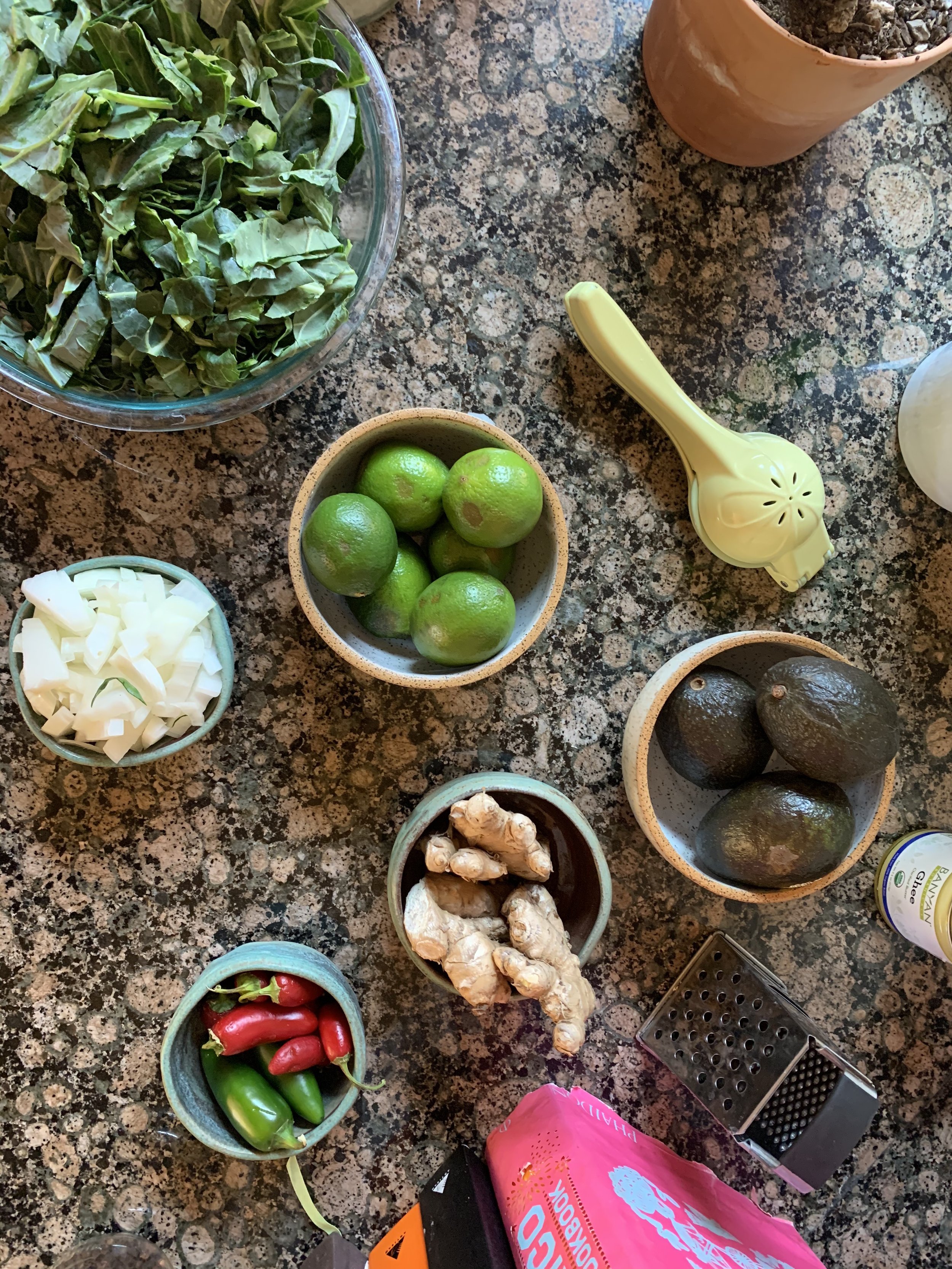Winter is a season that invites slumber and dormancy, giving us the opportunity to redirect our energies inward - an antidote to the fast-paced rhythm of summer and fall. Though this can be incredibly nourishing, it's also common for wintertime energy level dips. No matter what time of year you're in, there are always strategies available for safeguarding your well-being; taking care so each new season brings with it feelings of vitality, fulfillment & joy!
Despite the onset of cold weather and shorter days, Ayurveda encourages us to take an active approach during this season and manage our energy levels in beneficial ways, from taking rest and breaks during the winter months to incorporating more stimulating activities into daily life. Specific things like walks and exercises outside when weather permits will enable the body to stay warm, and energized yoga practices will help keep Kapha build-up at bay. It is also important to make intentional dietary choices that promote balance within our body's subtle energies during this time. We can nourish ourselves all while acclimating to the changes in weather by adjusting what we eat each day!
This guide provides insight into understanding how you may be affected by your environment as well as specific foods tailored for individualized needs — so no matter who you are or where you live, warm up from inside out with balanced nutrition this winter!
What is Kapha Season?
Kapha season (late winter) is the time of year when Kapha dosha, one of Ayurveda's three doshas, is most influential. Kapha embodies physical qualities like weight and stability, but also emotions like love, loyalty, and compassion. Given that Kapha energy pervades nature during this time period, we should pay attention to its traits too. Kapha qualities are stabilizing, grounding, heavy, oily, and slow-moving. So to find balance this time of year, we must bring in opposing qualities.
Those with a Kapha dominant constitution may notice they’re feeling heavier and more lethargic than usual. But Kapha season can give everybody a burst of creativity and motivation if we heed its lessons of sustenance and connection while working on balancing its nature with light, energizing, and heating qualities. The positive aspect of this time of year is that the Kapha season brings us the opportunity to slow down, appreciate our environment, connect with people who matter to us and regain balance in our lives.
What Foods Should I Eat?
It’s best to focus on eating warm, cooked food over raw food in the winter. Soups and stews are great options; they will help fill you up while providing essential nutrients at the same time. Start with heavier foods like root vegetables (squash, sweet potatoes, onions) as well as grains like wheat berries, quinoa, and millet. Legumes such as lentils are also good options since they provide protein and fiber which helps keep you full for longer.
You can also opt for spices such as ginger, nutmeg, cinnamon, and turmeric that help promote digestion and increase circulation when added to your meals. Make sure to use unrefined oils like ghee for cooking or olive oil for salads instead of processed fats like margarine or butter substitutes—these are generally not beneficial for your health. While dairy is best reduced in the winter months, a cup of hot, spiced ayurvedic buttermilk with a pinch of turmeric or dried ginger and nutmeg before bed can help to encourage sound sleep and should not be overly congesting.
Keep your body in optimal health by sipping warm, water throughout the day. Avoid all cold drinks and iced beverages. Instead, enjoy an invigorating tea with ginger, cinnamon, and clove - all boiled together for five minutes to maximize heat and circulation while clearing out respiratory passages. Or try our Awaken Tea.
Finally, don't forget about fruits! Apples, pears, oranges, and other seasonal fruits are available throughout the winter months; they provide essential vitamins and minerals that are needed during this time of year. Plus they're naturally sweet so you don't have to rely on added sugar or artificial sweeteners! To really take it up a notch, stew your fruits with spices such as ginger, cardamom, and cinnamon. This will invite the warming quality needed during winter months.
According to Your Constitution
Winter can be a challenging season for many, especially those trying to adhere to traditional Ayurvedic constitutions. Kapha, pitta, and vata all represent unique characteristics and need different attention during winter. Kapha types should be mindful of maintaining energy levels and protecting their chest from cold drafts, while pittas need to practice moderation in order to avoid burning themselves out mentally or emotionally. Vatas should keep their feet warm at all times, and foods that are too dry or spicy, focus on warm cooked foods and practice relaxation techniques in order to manage the special demands of winter. Although these Ayurvedic constitutions require individualized care during this season, mindfulness of your needs can help lead to balanced physical health, mental well-being, and spiritual growth in the present moment.
Kapha in Winter
Kapha-types may face special challenges when it comes to weathering the cold, Kapha season. To help them stay balanced and in good health during these times of the year, experts recommend maintaining a regular exercise routine with lively movement; wearing bright colors for warmth & stimulation; enjoying invigorating essential oils such as eucalyptus, sage, and rosemary; taking part in Garshana - dry massage therapy each day; decreasing sweetened desserts/cold smoothies, etc., plus adding warming spices into their diet while limiting salt intake.
Pitta in Winter
Pitta types are individuals who strive for success while maintaining a sense of balance in their lives. When out of alignment with their elemental energies, however, they may suffer from digestive issues or emotional turmoil such as anger and irritability. People belonging to this dosha should be mindful of getting enough rest & avoiding spicy foods. Cut down on cooked spinach, miso, hard cheeses, sour cream, and sour fruits. And surrender to the natural density this season has to offer, as it is your time to kick back and cool down the heat that natural emanates from you.
Vata in Winter
As the winter months come in, Vata types may find themselves restricted by lack of movement and cold weather, which can be an aggravating experience. But this can be a good thing for a Vata person. This is the time for you to dive into your meditation practice, cozy up to a book, or learn a new art form, and focus on drinking warming teas all throughout the day. Be mindful to still bring in vata-balancing foods and good herbs and spices that balance both kapha and vata including mustard, cardamom, licorice, garlic, and ginger. By following these guidelines you can create a supportive winter diet that is tailored specifically towards pacifying kapha without increasing vata or vice versa—helping you stay healthy all season long!
The Kapha time of year is a wonderful time to reflect on our relationships, both with ourselves and others. It’s a time to enjoy the simple things in life, slow down, and connect with nature. Nourish your body with grounding spices and root vegetables, get outside for some fresh air every day, and move your body in ways that feel good. Most importantly, be gentle with yourself as you navigate these winter months. If you find yourself struggling to find balance during this season, reach out for support. Our team of practitioners are here to help you restore equilibrium and ease into springtime feeling refreshed and rejuvenated.
































